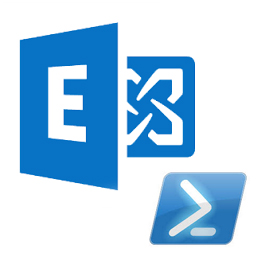Streamlining High Volume Email Management in Microsoft 365 with PowerShell I developed the HVEAccountManager.ps1 script to streamline the administration of High Volume Email (HVE) accounts in Microsoft Exchange Online. This script harnesses the capabilities of automation to ease this process, offering a straightforward and effective tool for HVE account management. It exemplifies how automation can…
Leave a CommentLife as a LazyAdmin







